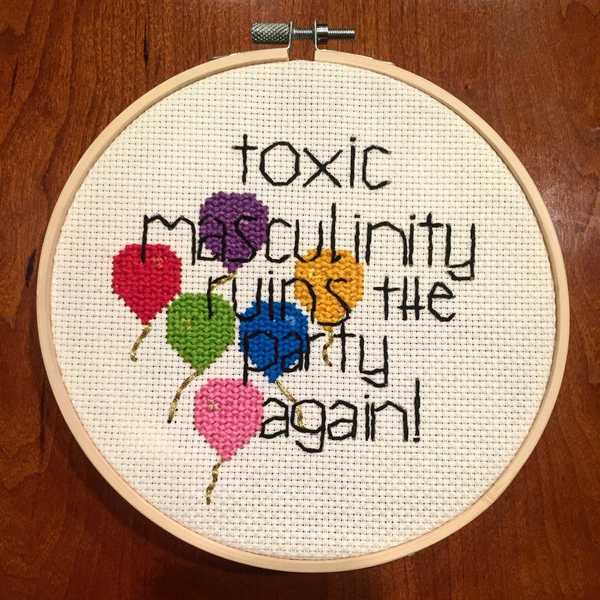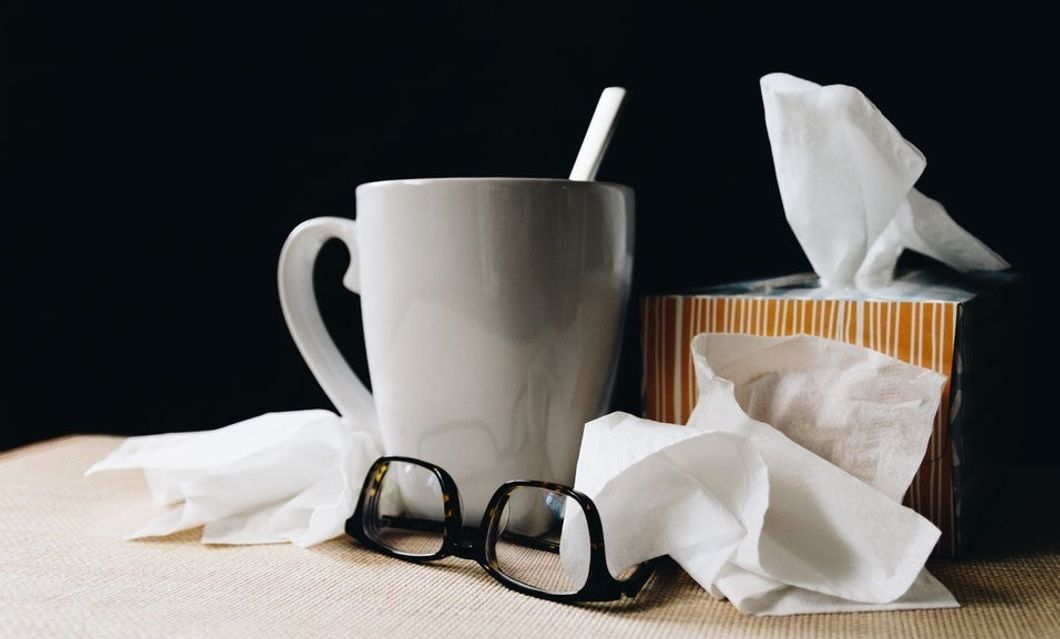The city of Flint, Michigan, known to be the largest city in the Genesee County, is located about 60 miles northwest of the city of Detroit. For many years now, the city of Flint has been the victimization of a major public health issue that persists today.
The reality of a lack of water sanitation in the city of Flint, Michigan dates back to 2011, with the city’s declaration of its financial state of emergency, being at a position of a $25 million deficit. The city struggled immensely to remain financially stable while maintaining its ability to govern, provide basic needs for its citizens, and to build and mobilize the city’s economic sector.
In the event to enact cost-cutting measures for the city’s government officials, the executive decision was made to begin the planning to find an alternative water source for the city of Flint. Flint’s source of water supply at the time was through the Detroit Water and Sewage Department--which was sourced from the waters in the Huron River and Detroit River.
According to the City officials, if continued, would cost the city $200 million over a period of 25 years. The cost of such water services was more expensive due to the fact that the Department’s water source was well treated with intense corrosion control and was consistently tested for non-contamination.
With such a decision came with the simultaneous need to make a decision regarding the alternative mode of receiving water from a more cost-effective standpoint. The result of this need was to build and implement a pipeline that would transfer water from Lake Huron to the city of Flint.
In 2014, while the water pipeline was under construction, the city needed an alternative mode of water supply. In this event, the city turned to Flint River as a source of water supply for its citizens. The Flint River was no stranger to the city of Flint, as it was its main source of water up until the 1960s. The Flint River flows throughout 7 major counties in the state of Michigan.
As one of the counties affected by the presence of the river was that of the Genesee County, which is the home county of the city of Flint. Flint was directly affected by the water supply. The river has suffered from decades of industrial pollution; although history has shown an improvement in the levels of pollution, the damage and erosion of the water still remained evident.
Once water from the river began to flow into the city, recipient citizens began to voice concerns regarding the state of their water. The water consisted of a brownish color, ranging along the spectrum of dark and light brown. This water was brown due to its lack of corrosion control, which caused the initial contamination. Not fully aware of the reason behind such a discoloration in the water, the city’s government decided to take some action to reach a general consensus on this public health issue.
In 2015, a city-run-initiated test of the river’s water was implemented. Based on the city’s test, they found that the water contained high levels of lead. As water was consumed, prior to the knowledge of high levels of lead present, citizens had already contracted traces of lead within their own bodies. Lead, as present in the body, causes long-term development deficiencies, especially when in contact with children- which were widely affected. It can cause slowing of brain development, irritability, rapid weight loss, intense fatigue, etc…
As Flint has dropped from the headlines of major news sources, social media platforms, and the mouths of many, the major public health issue persists. Affected families still can’t drink, use, or bathe in the water without filtration and must rely solely on the utilization of bottled water. In conclusion, the water in the city of Flint is still not safe to drink.
As of April 2018, the Michigan governor, Rick Snyder, announced that the state of Michigan would shut down the water bottle program in the city of Flint. Officials have publicly attested to the positive progression of the water in Flint, speaking on behalf of its higher level of safety qualities, and its ability to provide a healthier water source for citizens to use.
Although the safety of the water may be increasing, as citywide tests on the levels of lead present in the homes in Flint have undergone grave persistence, the reality remains that citizens in the city are still required to undergo extensive lengths to reap the benefits of clean and safe water.
Many organizations and churches throughout Michigan have remained vocal about the damage that the canceling of such a program would bring about. Government officials continue to attest to the progress of the cleanliness of the water, but many citizens remain vocal about their own experiences with the water in their own homes.
Although we see the explicit dangers of the lead water crisis in Flint, Michigan, it still remains a reality for citizens of the city. 4 years following the insemination of contaminated water into their water pipes, they still live under the hope that one day their access to clean and healthy water will soon arrive. As the government has announced to discontinue their only source of clean water, it will be interesting to see how they choose to then deal with this issue which continues to plague their own people.
To what extent do citizens have to go through to seek the clean water that they so rightly deserve?



















